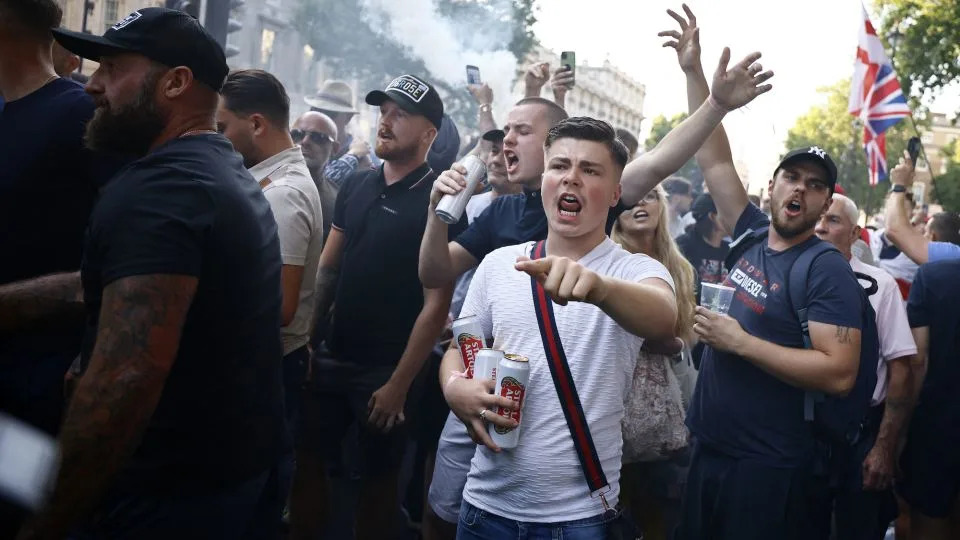Updated Thu, August 1, 2024
Footage of Donald Trump complaining that Native American casino operators “don’t look like Indians to me” has resurfaced in the wake of his shocking comments where he questioned Vice President Kamala Harris’ heritage.
Back in October 1993, Trump spoke at a congressional hearing about the opening of Native American-owned casinos, which would have competed with his own casinos in Atlantic City, New Jersey.
The then-businessman had sued the government claiming that Native American casinos had an unfair advantage because, under federal law, they did not pay taxes on casinos on Native American land.
During the hearing, Trump got into a heated exchange with Democratic congressman George Miller where he claimed that many Native American casino owners “don’t look like Indians.”
“Is this you, discussing Indian blood: ‘We’re going to judge people by whether they have Indian blood whether they’re qualified to run a casino or not?’” Miller asked.
Trump responded: “That probably is me, absolutely. Because I’ll tell you what. If you look at some of the reservations that you’ve approved – that you, sir, in your great wisdom have approved – I will tell you right now, they don’t look like Indians to me,” Trump replied.

Trump appears at a congressional hearing in 1993 over a casino dispute, where he claimed that Native American casino owners ‘don’t look like Indians to me’ (MSNBC)
“And they don’t look like the Indians. Now, maybe we say politically correct or not politically correct, they don’t look like Indians to me, and they don’t look like Indians to Indians,” he added.
Miller fired back at Trump, saying: “Thank God that’s not the test of whether or not people have rights in this country or not – whether or not they pass your ‘look’ test.
“Mr Trump, do you know, do you know in the history of this country where we’ve heard this discussion before? ‘They don’t look Jewish to me. They don’t look Indian to me. They don’t look Italian to me.’ And that was the test for whether people could go into business, or not go into business. Whether they could get a bank loan. ‘You’re too Black, you’re not Black enough.’”
The clip initially resurfaced in 2016 when Trump began referring to Senator Elizabeth Warren as “Pocahontas” after she revealed she has Native American ancestry.

Republican presidential nominee Donald Trump speaks on a panel of the National Association of Black Journalists (NABJ) convention in Chicago (Reuters)
The video has emerged on social media again this week, first shared by Republicans Against Trump, after Trump stunningly questioned Vice President Kamala Harris’ ethnicity and claimed she “happened to turn Black” recently.
In the interview at the National Association of Black Journalists conference on Wednesday, Trump said: “I didn’t know she was Black.
“She happened to turn Black, and now she wants to be known as Black. So I don’t know, is she Indian or is she Black? ... I respect either one, but she obviously doesn’t, because she was Indian all the way, and all of a sudden she made a turn, and she became a Black person.”
Harris’ campaign clapped back at the remarks, saying that Trump’s “tirade is simply a taste of the chaos and division that has been a hallmark of Trump’s MAGA rallies this entire campaign.”
















